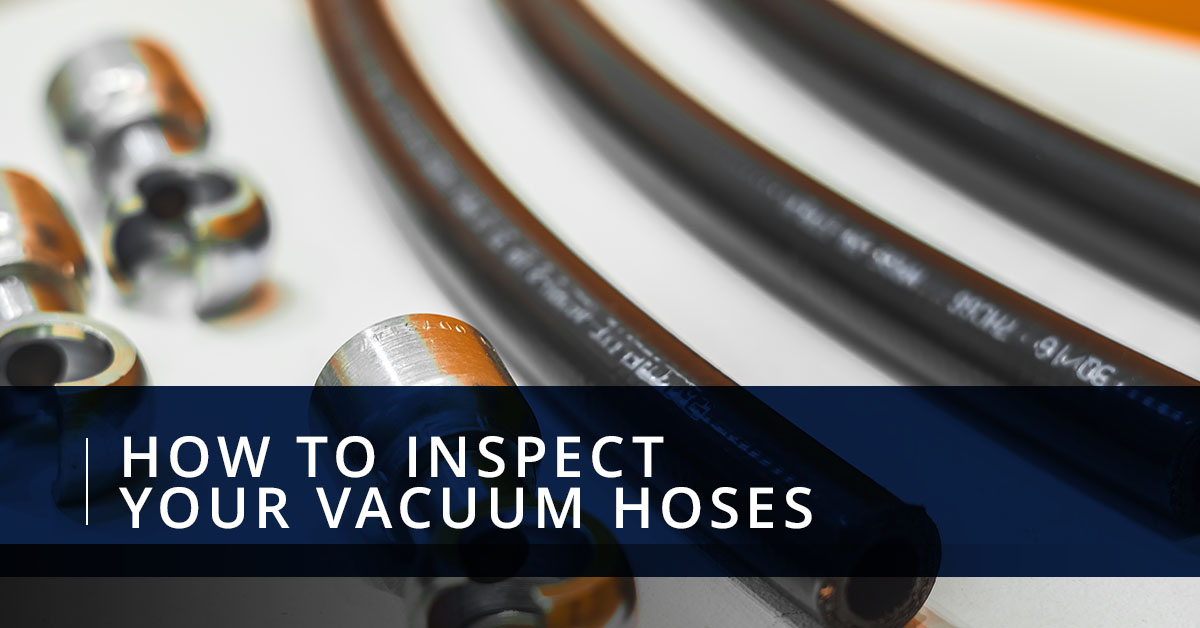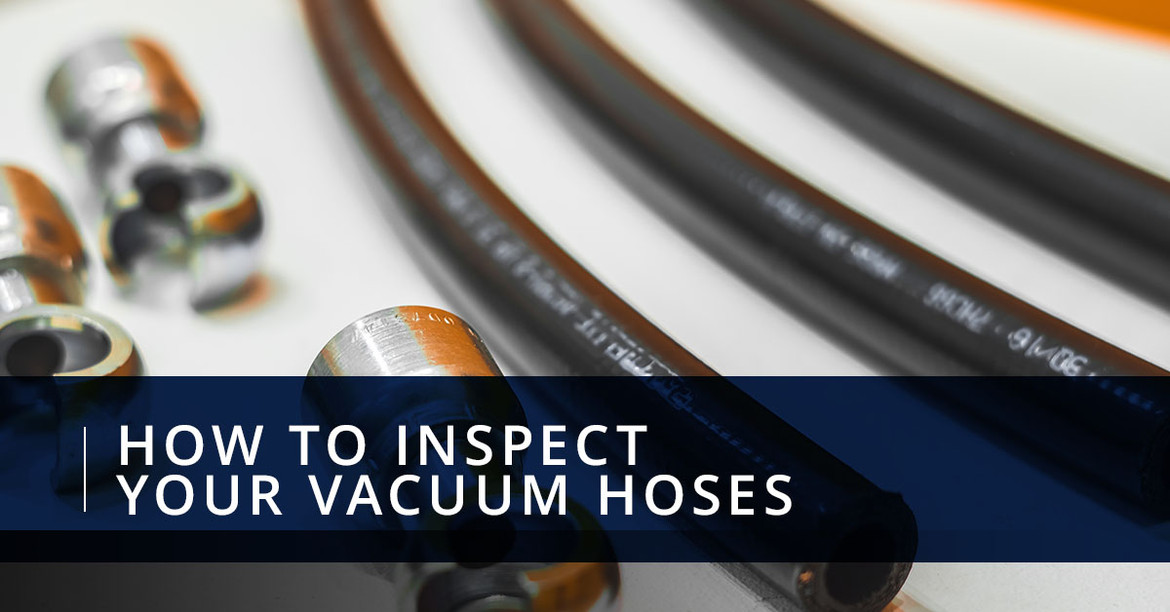
Vacuum hoses don’t last forever.
Over time, the vacuum hoses in your vehicle can start to break down, and when they do, it’s important to get them replaced with high-quality silicone vacuum hoses as soon as possible. However, you’re not likely to replace your vacuum hoses if you never realize that they are damaged in the first place. In a previous blog, we went over a few signs that could indicate the need for new vacuum hoses. However, it’s also important to be able to inspect your hoses, as many of the signs of a failing hose could also be signs of other issues. That’s why we’ve put together this guide on how to inspect your vacuum hoses.

The Visual Inspection
Before you do anything, you’ll want to do a visual inspection of your vacuum hoses. Here’s how:
- Check the ends of your hoses, watch out for small tears and cracks. Any tears that are present will ruin the vacuum seal because it will allow the air to leak out through the walls of the hose.
- Test the hose clamps. Try twisting the hose clamps. If they move easily, tighten them. This will prevent the hose from coming loose. If you’ve tightened the clamp as much as you can, but it still moves around, you’ll need to replace it.
- Pinch the hose, watching for any signs of bulging. Vacuum hoses are designed to keep their shape when bent or manipulated. This ensures that the maximum airflow remains consistent no matter what. Continue pinching the entire length of the hose, looking for any abnormalities. The hose should be flexible enough to bend without crinkling.
- Examine the exterior of the hose, looking for any signs of damage. If there are any tears or cracks on the outer lining of the hose, it could be the source of a leak or it could lead to a leak in the future.
If there are cracks in the hose, it’s a sign that the hose is starting to wear out and reach the end of its life. If there are rips or tears, it’s usually an indication that the hose has worn itself out by rubbing up against metal. To prevent rips and tears, you’ll want to make sure that your vacuum houses are correctly routed and properly clamped down.
Checkings Your Hoses Using a Vacuum Gauge
In addition to the visual inspection, you’ll also want to test your vacuum hoses with a vacuum gauge. You’ll need a vacuum gauge and a flashlight. Here’s how:
- Remove the suspect hose from the component, ensuring that the hose stays connected to the engine vacuum.
- Connect the vacuum hose with the vacuum gauge. You’ll need to ensure that the connection is properly sealed. Otherwise, you won’t get an accurate reading.
- If you haven’t yet warmed up your engine, now is the perfect time to warm up your vehicle for a little while.
- Once your engine has been properly warmed up, you should get an accurate reading with the vacuum gauge.
If you get a reading between 17 to 20 inches of vacuum at idle, it’s a typical reading. If the reading is low, it means that something is wrong with the vacuum hose, usually either a leak or a blockage in the hose.
Having intact, unblocked vacuum hoses is essential to the performance of your vehicle. Even a minor leak can cause performance problems, including idling issues, with your vehicle.

Ensure durable, long-lasting vacuum hoses with silicone vacuum hoses.
Vacuum hoses may seem inconsequential, but having quality vacuum hoses is absolutely essential for maintaining a strong performance in your vehicle. At Flex Technologies, we can help to ensure that you get the long-lasting performance you deserve by providing you with the quality silicone vacuum hoses you need to make the most of your vehicle. We can create any custom vacuum hoses you need, regardless of the specifications, and we always test for quality and performance. There are many different places you could go to buy silicone hoses for your vehicle, but none can compare to what you’ll get with Flex Technologies. There’s a reason why we’re the number one silicone hose manufacturer in the United States.
Contact us today to take the first step toward upgrading your vacuum hoses to silicone.
 Default Currency
Default Currency
 Mexican Pesos
Mexican Pesos
 Canadian Dollar
Canadian Dollar


